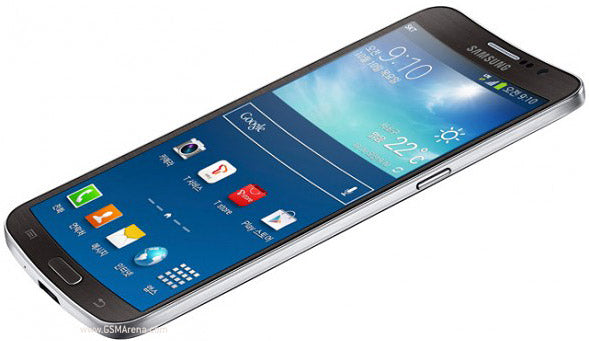AMOLED, or Active-Matrix Organic Light-Emitting Diode, is a display technology that has become increasingly popular in modern electronic devices such as smartphones, tablets, and smartwatches. The technology has come a long way since it was first introduced in the early 2000s, and its history is an interesting tale of technological innovation and competition.
The Origins of OLED
To understand the history of AMOLED, we must first look at the history of OLED. OLED, or Organic Light-Emitting Diode, is a type of display technology that uses organic materials to emit light. The first OLED display was invented in 1987 by Ching W. Tang and Steven Van Slyke at Eastman Kodak Company, and it quickly gained attention for its high brightness and energy efficiency.
Early OLED displays were limited in terms of their size and color accuracy, but they showed promise as a potential replacement for LCD (Liquid Crystal Display) technology. Over the years, OLED technology continued to improve, and it began to be used in electronic devices such as digital cameras and MP3 players.
The Birth of AMOLED
The first AMOLED displays were introduced in the early 2000s, and they were a significant improvement over traditional OLED displays. AMOLED technology uses a thin-film transistor (TFT) to control the brightness of each pixel, which results in faster response times and improved color accuracy.
The first company to commercialize AMOLED displays was Samsung, which introduced the first AMOLED smartphone in 2009 - the Samsung Galaxy. The display was praised for its deep blacks, high contrast, and vibrant colors, and it helped establish Samsung as a major player in the smartphone market.
1987: The first OLED display is invented at Eastman Kodak Company.
2003: Samsung introduces the world's first active-matrix OLED (AMOLED) display.
2007: Nokia introduces the N85, the first phone to feature an AMOLED display.
2009: Samsung releases the Samsung Galaxy, the first smartphone with an AMOLED display.

2012: LG introduces its own version of AMOLED technology.
2013: Samsung releases the Galaxy Round, the world's first smartphone with a curved AMOLED display.


2015: Samsung introduces the Galaxy S6 and S6 Edge, featuring high-resolution AMOLED displays.
2017: Samsung introduces the Galaxy S8 and S8 Plus, featuring "Infinity Display" AMOLED screens with an 18.5:9 aspect ratio.
2018: Apple introduces the iPhone X, the first iPhone to feature an AMOLED display.

2019: Samsung introduces the Galaxy Fold, the world's first foldable smartphone with a foldable AMOLED display.
2021: Samsung introduces the Galaxy Z Fold 3 and Z Flip 3, featuring improved foldable AMOLED displays and support for the S Pen.
As you can see, AMOLED technology has come a long way since its invention in the 1980s, and it continues to evolve and improve with each passing year.
Competition and Innovation
As AMOLED displays began to gain popularity, other companies began to develop their own versions of the technology. LG introduced its own AMOLED displays in 2012, and other companies such as Sony and HTC began to use AMOLED displays in their devices.
In recent years, AMOLED technology has continued to evolve, with improvements in resolution, color accuracy, and power efficiency. Samsung has been at the forefront of these developments, introducing high-resolution displays such as the Quad HD (1440 x 2560) and Ultra HD (2160 x 3840) AMOLED displays.
Conclusion
The history of AMOLED is a story of innovation and competition, with Samsung leading the charge in the development and commercialization of the technology. Today, AMOLED displays are found in a wide range of electronic devices, and they continue to be praised for their deep blacks, high contrast, and vibrant colors. As technology continues to evolve, it will be interesting to see what new advances are made in AMOLED technology and how it will be used in the devices of the future.
Read more

RGB is a color standard in the industry, which is used to obtain a variety of colors by changing the three color channels red (R), green (G) and blue (B) and superimposing them on each other. RGB r...

Suppose you want to pick a micro OLED screen for your product today, what parameters should you focus on? Read on, these are the key parameters that determine the performance of micro OLEDs and ar...



2 comments
Awesome SAMSUNG
Htet
I like Amoled display.I want its improvement.
M M A KASHEM
Leave a comment
This site is protected by hCaptcha and the hCaptcha Privacy Policy and Terms of Service apply.